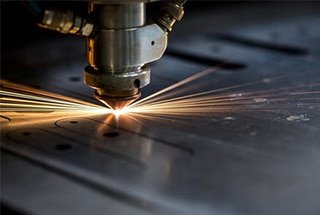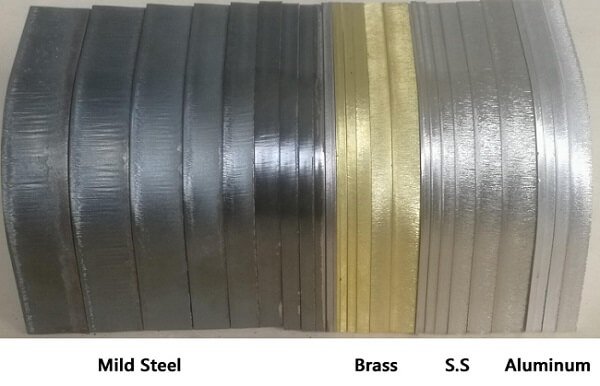A series of mirrors and lenses direct and focus a high energy beam of light onto the surface of the sheet where it is to be cut.
Width of laser beam used to cut sheet metal.
Mike klos laser mechanisms converting to millimeters that s 1550 watts mm 2.
Ideal for carbon and stainless steel sheet metal and intricate patterns.
Laser cutting uses a high powered laser to cut through sheet metal.
Focal spot size vs divergence for a laser with 4 5mm mread beam quality delivered through a ø100µm fibre.
In the next few years the application of laser cutting in precision machining and micro machining will also gain substantial growth.
Co 2 lasers use an electromagnetically stimulated gas typically a mixture.
1in 2 645mm 2 a 100 watt laser can achieve a power density of 1550 watts mm 2 in a spot size that is 0 6452mm 2 a spot size that is 0 6452mm 2 has a diameter of of 28mm or 280 micron using area pi d 2 2 280 micron.
Not recommended for conductive materials like copper.
For example when cutting 20mm mild steel with a 3kw laser the sample reached 190 c using high beam quality 3 2 mm mrad but the same cut profile only reached 110 c using lower beam quality 5 8 mm mrad with all other parameters kept the same.
When the beam strikes the surface the energy of the beam melts and vaporizes the metal underneath.
Fiber lasers vs co 2.
The two most common types of laser cutting machines are fiber laser and co 2.
Precise clean cutting and often does not require further processing.
If you d like to learn more about ablative laser cutting check out this article on micron scale manufacturing.
Given its dominance in the sheet metal cutting industry this article focuses on laser fusion cutting.
On the other hand reactive gas cutting using oxygen assist gas is used for mild steel cutting and requires a large focal spot with high divergence.
Sheet metal cutting requires a power density of 10 6 watts in 2 source.




























